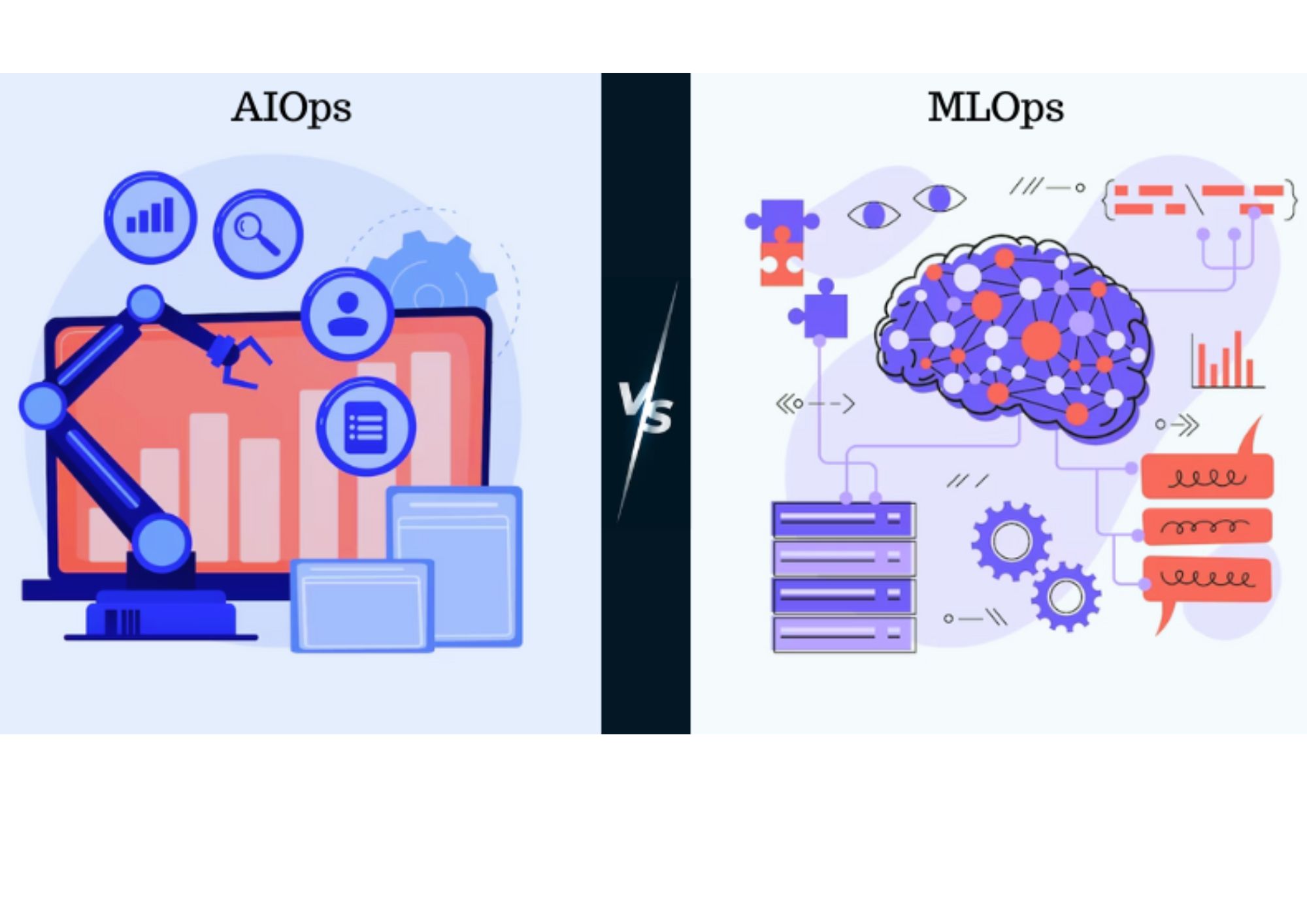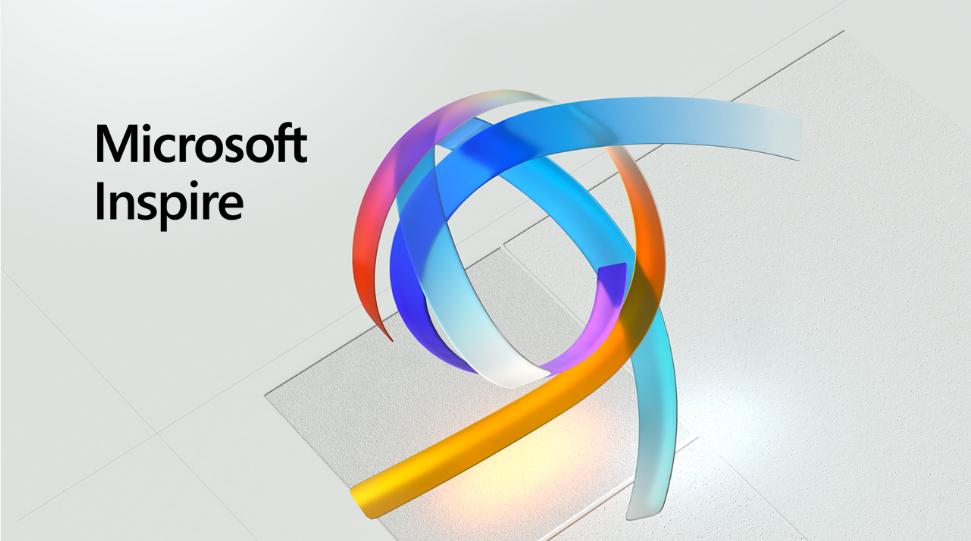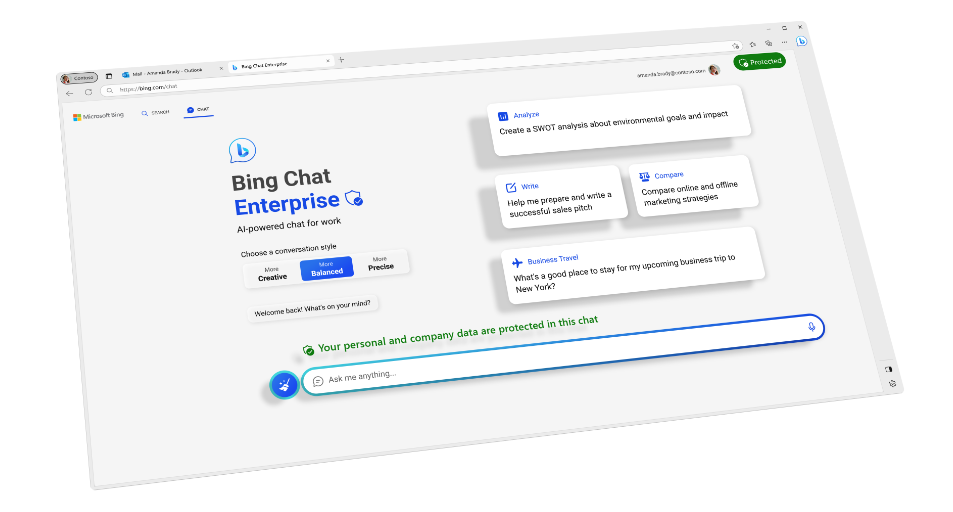Are you tired of grappling with the complexities of Continuous Integration and Deployment in the DevOps landscape? Say hello to AIOps! 😄
In this article, we’ll break down the differences between traditional DevOps and AIOps-infused DevOps, and how this innovative approach can supercharge your CI/CD pipeline.
We’ll provide detailed explanations, relevant examples, and a touch of humor (with smileys 😜) to help you understand these concepts even if you’re new to the world of DevOps.
What is DevOps and CI/CD?
DevOps – A Quick Refresher
- Definition: Collaboration between Development and Operations teams.
- Goal: Improve software delivery speed, quality, and reliability.
Continuous Integration (CI) and Continuous Deployment (CD)
- CI: Regularly merging code changes into a central repository.
- CD: Automatically deploying new code to production environments.
- Benefits: Faster releases, reduced errors, increased collaboration, and improved customer satisfaction. 🚀
AIOps: The Secret Sauce to Supercharged DevOps
What is AIOps?
- Definition: Artificial Intelligence for IT Operations.
- Concept: Combining AI, machine learning, and big data analytics to optimize IT operations.
AIOps in DevOps: A Game Changer
- Enhances CI/CD pipeline with AI-powered automation, monitoring, and decision-making.
- Reduces manual efforts, accelerates releases, and minimizes errors. 👏
How AIOps Enhances CI/CD
Intelligent Automation
- AIOps streamlines CI/CD pipeline with smart automation tools.
- Example: Automatically identifying and resolving issues in code commits.
Advanced Monitoring and Alerting
- AIOps offers real-time monitoring and alerting for better visibility into the CI/CD process.
- Example: Detecting anomalies in application performance and providing insights for quick resolution. 🧐
Data-driven Decision Making
- AIOps leverages big data analytics to make informed decisions about the CI/CD pipeline.
- Example: Predicting potential bottlenecks and suggesting optimizations to improve the overall process.
Enhanced Collaboration
- AIOps bridges the gap between development and operations teams with shared insights and goals.
- Example: Providing a unified dashboard for both teams to track progress and communicate efficiently. 🤝
Real-world AIOps Use Cases
Anomaly Detection and Remediation: AIOps identifies performance issues in real-time, minimizing downtime and customer dissatisfaction.
Intelligent Resource Allocation: AIOps optimizes resource allocation for both CI and CD, resulting in cost savings and improved efficiency. 💰
Predictive Analytics for Deployment Success: AIOps uses historical data to predict deployment success, helping teams make informed decisions.
Difference between AIOps and Traditional DevOps
| Aspect | Traditional DevOps | AIOps-Infused DevOps |
| Automation | Manual and scripted automation | AI-powered intelligent automation |
| Monitoring | Standard monitoring tools | Advanced real-time monitoring and alerting |
| Decision-Making | Human-driven, based on experience | Data-driven, leveraging AI and big data analytics |
| Collaboration | Siloed teams, limited visibility | Enhanced collaboration with shared insights |
| Error Handling | Manual identification and resolution | Automatic issue detection and remediation |
| Resource Allocation | Static, based on predefined rules | Dynamic, AI-optimized resource allocation |
| Predictive Capabilities | Limited, relies on human intuition | Uses historical data for predictive analytics |
| Overall Efficiency | Moderate, due to manual interventions | Improved, thanks to AI-powered optimizations |
Summary
AIOps offers a new frontier for DevOps, making the Continuous Integration and Deployment process more efficient, collaborative, and agile.
By embracing AIOps, you’ll be ready to tackle the ever-evolving world of software development head-on, with a smile on your face! 😁
So, what are you waiting for? Dive into the AIOps revolution and watch your CI/CD pipeline flourish!
Thank you for reading our blog, we hope you found the information provided helpful and informative. We invite you to follow and share this blog with your colleagues and friends if you found it useful.
Share your thoughts and ideas in the comments below. To get in touch with us, please send an email to contactus@bindspacetech.com.
You can also visit our website – Bindspace Technologies
FAQs
AIOps improves the efficiency of the CI/CD process by leveraging artificial intelligence and machine learning techniques. It streamlines the process through intelligent automation, reducing manual effort and minimizing human errors.
Additionally, AIOps offers advanced real-time monitoring and alerting, providing better visibility and faster issue detection. By using data-driven decision-making, AIOps optimizes resource allocation and predicts potential bottlenecks, ensuring a smoother and more efficient CI/CD pipeline.
AIOps does not aim to replace human roles in the DevOps process; instead, it complements human efforts by automating repetitive tasks, detecting issues faster, and providing data-driven insights for decision-making. AIOps enhances collaboration between development and operations teams, enabling them to focus on high-value tasks and make more informed decisions, ultimately improving the overall software development and delivery process.
Integrating AIOps into your existing DevOps workflow requires evaluating your current processes, tools, and team structure. Start by identifying areas where AI-powered automation can provide the most significant benefits, such as error detection, performance monitoring, and resource allocation.
Next, research and select appropriate AIOps tools and platforms that align with your organization’s goals and requirements. Finally, train your team on the new tools and gradually incorporate them into your workflow, iteratively adjusting and optimizing the process for the best results.
AIOps is beneficial for DevOps environments of all sizes. While large-scale environments might see more dramatic improvements due to the complexity and scale of their operations, small to medium-sized environments can also benefit from AIOps.
By leveraging AI and machine learning capabilities, AIOps can help smaller teams optimize their CI/CD pipelines, improve collaboration, and make better data-driven decisions, resulting in more efficient and reliable software delivery.
Adopting AIOps for DevOps can present a few challenges, such as:
Resistance to change: Introducing new tools and processes can be met with resistance from team members accustomed to traditional ways of working.
Integration with existing tools: AIOps tools need to integrate seamlessly with your existing DevOps toolchain for maximum effectiveness.
Data quality and availability: AIOps relies on high-quality and comprehensive data to make accurate predictions and recommendations, which may not be readily available in some organizations.
Skillset requirements: Implementing AIOps may require team members to learn new skills and adapt to new ways of working.


